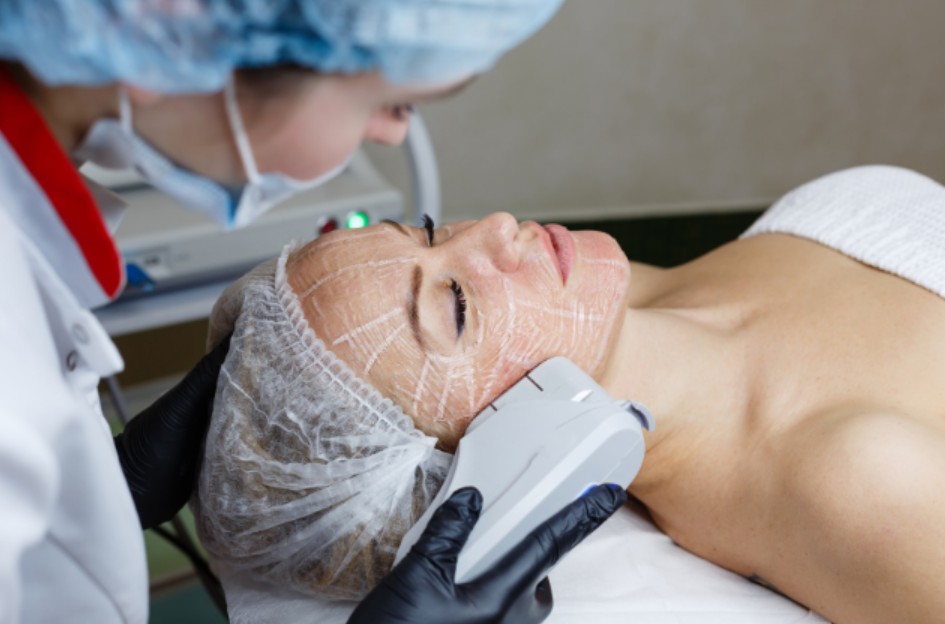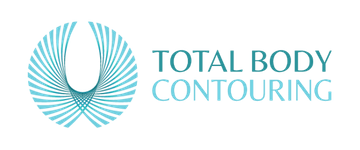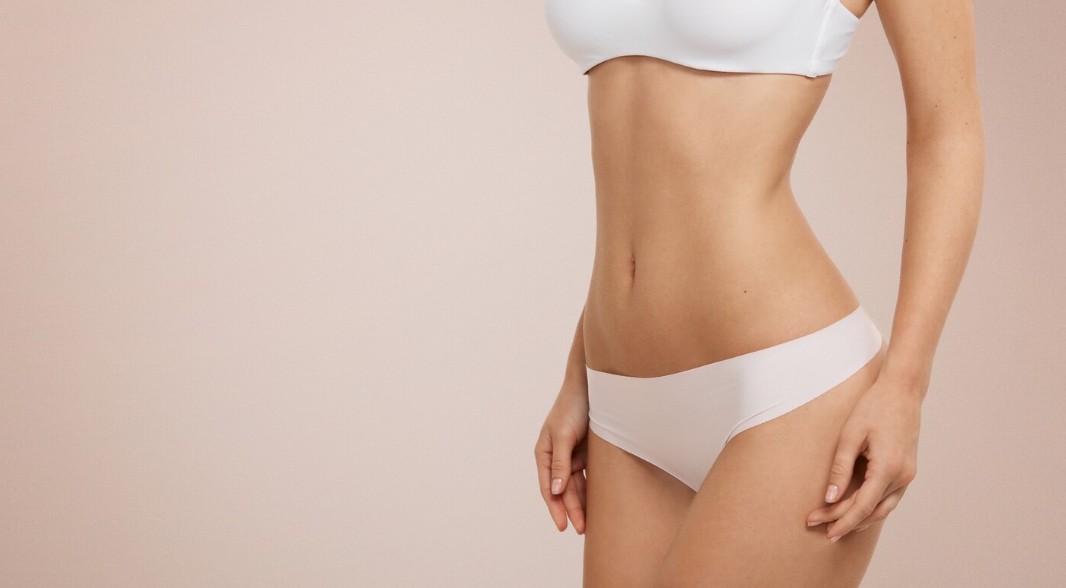Is Body Contouring Safe? Understanding Safety Standards at Total Body Contouring
When considering body contouring treatments, safety is naturally your top priority. With the growing popularity of non-invasive aesthetic procedures in Australia, understanding what makes a treatment safe—and what questions to ask your provider—is essential for achieving your desired results with complete peace of mind.
The Safety Profile of Non-Invasive Body Contouring
Non-invasive treatment safety has significantly advanced over recent years, offering effective alternatives to surgical procedures with considerably lower risk profiles. Unlike traditional liposuction or surgical body contouring, modern non-invasive treatments don’t require incisions, general anaesthesia, or extended recovery periods.
Technologies such as cryolipolysis (fat freezing), electromagnetic muscle stimulation, and radiofrequency treatments have undergone extensive clinical trials demonstrating their safety and efficacy. These procedures work with your body’s natural processes—whether that’s eliminating crystallised fat cells through the lymphatic system or stimulating collagen production to tighten skin.
The key advantage? These safe body sculpting procedures allow you to return to your daily activities immediately, with minimal to no downtime and significantly reduced risks compared to surgical alternatives.
What Sets a Certified Body Contouring Clinic Apart

Not all body contouring clinics operate to the same standards. When researching providers, several critical factors distinguish a certified body contouring clinic from less reputable options:
TGA-Approved Equipment
The Therapeutic Goods Administration (TGA) is Australia’s regulatory authority for therapeutic goods, including medical devices used in aesthetic treatments. At Total Body Contouring, every device has been carefully selected for its proven safety record and clinical results, with full TGA registration providing an additional layer of assurance.
Technologies like Cooltech® for cryotherapy, TESLAformer for electromagnetic muscle stimulation, ONDA Body Shaping with Coolwaves technology, and Ultraformer for skin tightening have all undergone rigorous testing and approval processes before being used on clients.
Properly Trained and Qualified Staff
Technology alone doesn’t ensure safety—the expertise of the practitioners operating it matters immensely. Professional clinicians should demonstrate:
- Comprehensive training on each specific device and treatment modality
- Ongoing education to stay current with advancing techniques and safety protocols
- Understanding of anatomy, contraindications, and potential complications
- Ability to conduct thorough consultations and pre-treatment assessments
With over 35 years of combined experience, the team at Total Body Contouring maintains a commitment to continuous professional development, ensuring every treatment is delivered with the highest level of skill and care.
Adherence to Australian Health Regulations

Body contouring safety in Australia is governed by strict health and safety regulations. Reputable clinics comply with:
- Hygiene and sterilisation standards
- Privacy and confidentiality requirements
- Proper waste disposal protocols
- Insurance and liability coverage
- Record-keeping and documentation practices
These regulatory frameworks exist to protect clients and maintain industry standards across all aesthetic treatment providers.
The Comprehensive Consultation Process
A thorough consultation is your first indicator of a clinic’s commitment to safety. During this crucial appointment, several important steps should occur:
Medical History Review
Your practitioner needs to understand your complete health profile, including:
- Current medications and supplements
- Previous surgeries or medical conditions
- Allergies or sensitivities
- Pregnancy or breastfeeding status
- Recent aesthetic treatments
This information helps identify any contraindications that might make certain treatments unsuitable for you.
Realistic Expectations Discussion
Safe practitioners set honest expectations about what treatments can achieve. They’ll discuss the number of sessions required, realistic timelines for results, and any lifestyle factors that might influence outcomes.
Customised Treatment Planning
Rather than offering one-size-fits-all solutions, a quality clinic develops an individualised treatment plan tailored to your specific concerns, body type, and goals. This personalised approach not only improves results but also enhances safety by ensuring the most appropriate treatments are selected for your unique situation.
Contraindications Screening
Certain health conditions may make specific body contouring treatments inadvisable. Common contraindications include:
- Pregnancy or breastfeeding
- Certain cardiovascular conditions
- Active infections or skin conditions in treatment areas
- Metal implants or pacemakers (for some electromagnetic treatments)
- Autoimmune disorders (depending on the treatment type)
- Cold-related conditions like cryoglobulinemia (for fat freezing)
Your practitioner should thoroughly screen for these factors before proceeding with any treatment.
Related: ONDA Treatment Areas: Beyond Cellulite to Full Body Contouring
Understanding Potential Side Effects

While non-invasive body contouring is considerably safer than surgical alternatives, being informed about potential side effects demonstrates a clinic’s transparency:
Common, Temporary Side Effects
Most people experience mild, short-lived effects including:
- Temporary redness in treated areas
- Minor swelling or tenderness
- Slight bruising (particularly with treatments involving suction)
- Temporary numbness or tingling
- Mild sensitivity to touch
These effects typically resolve within a few days to weeks and are considered normal responses to treatment.
Rare Complications
Serious complications are extremely uncommon with properly administered non-invasive treatments, but informed consent requires acknowledging their possibility. These might include:
- Paradoxical adipose hyperplasia (extremely rare with cryolipolysis)
- Burns or blistering from improperly calibrated equipment
- Uneven results requiring additional treatment
- Allergic reactions to gels or products used during treatment
A reputable clinic will discuss these possibilities openly and have protocols in place to minimise risks and manage any unexpected reactions.
How Total Body Contouring Manages Client Safety
Safety isn’t just about having the right equipment—it’s embedded in every aspect of the client journey at Total Body Contouring:
Pre-Treatment Protocols
Before any procedure begins, clients undergo comprehensive assessments to confirm suitability for treatment. This includes photographic documentation to track progress and identify any concerns early.
During Treatment Monitoring
Throughout each session, practitioners continually assess client comfort and response to treatment, adjusting parameters as needed to ensure optimal safety and effectiveness.
Post-Treatment Support
The relationship doesn’t end when the treatment does. Clients receive:
- Clear aftercare instructions tailored to their specific treatment
- Access to practitioners for questions or concerns
- Follow-up appointments to monitor progress and address any issues
- Evolving treatment plans that adapt to results and changing goals
This ongoing support ensures any potential concerns are identified and addressed promptly.
Hygiene and Sterilisation Standards
Every treatment room maintains clinical-grade hygiene standards. Equipment is properly sanitised between clients, disposable items are used where appropriate, and comprehensive infection control protocols are followed consistently.
Choosing the Right Body Contouring Provider: Your Safety Checklist
When evaluating any body contouring clinic, consider these essential questions:
- Are all devices TGA-approved or FDA-registered? This regulatory approval indicates the equipment has met rigorous safety standards.
- What training and qualifications do practitioners hold? Look for specific training in the treatments offered, not just general beauty therapy qualifications.
- Does the clinic provide comprehensive consultations? A proper consultation should never feel rushed and must include medical history review.
- Are realistic expectations set from the start? Be wary of clinics promising dramatic results from a single session or guaranteeing specific outcomes.
- Is the clinic transparent about potential risks and side effects? Honest disclosure demonstrates integrity and client-focused care.
- What hygiene practices are visible? Clean facilities, fresh linens, and proper sanitisation should be immediately apparent.
- Does the clinic have positive reviews and a strong reputation? While reviews aren’t everything, consistent positive feedback indicates reliable service.
- Is there proper insurance and professional indemnity? This protects both the clinic and clients in the unlikely event of complications.
Non-Invasive vs Surgical Body Contouring: A Safety Comparison
Understanding the safety differences between non-invasive and surgical options helps inform your decision:
Non-Invasive Treatments:
- No incisions or surgical risks
- No general anaesthesia required
- Minimal to no downtime
- Lower infection risk
- Gradual, natural-looking results
- Fewer contraindications
- Lower overall cost
- Can be repeated safely
Surgical Alternatives:
- Requires anaesthesia (carries inherent risks)
- Surgical complications possible (infection, bleeding, scarring)
- Extended recovery period (weeks to months)
- Higher cost
- Immediate but sometimes unnatural-looking results
- More stringent health requirements
- Permanent changes with revision surgery if needed
For most people seeking body contouring, non-invasive options offer an excellent balance of safety, effectiveness, and convenience without the significant risks associated with surgery.
Related: Men’s Body Contouring: Solutions for the Modern Man
The Evidence Behind Body Contouring Safety
Clinical research consistently supports the safety of non-invasive body contouring when performed correctly. Studies on cryolipolysis demonstrate high patient satisfaction rates (over 95% with technologies like Cooltech®) with minimal adverse effects. Electromagnetic muscle stimulation technologies show excellent safety profiles across diverse patient populations.
The key to these positive outcomes? Treatments are performed by trained professionals using properly maintained, TGA-approved equipment in clinics adhering to Australian health regulations—exactly the standards maintained at Total Body Contouring.
Your Safety is Our Priority
With over three decades of combined industry experience, Total Body Contouring has built its reputation on one fundamental principle: putting clients first. This means never compromising on safety, being transparent about realistic outcomes, and creating individualised treatment plans that honour each person’s unique body and goals.
The boutique medical aesthetic clinic in Manuka combines cutting-edge technology with genuinely caring, professional service. Every device is carefully researched and selected for its proven results and safety record. Every team member maintains the highest standards of training and continues developing their expertise as the industry advances.
Most importantly, the focus remains firmly on you—your safety, your comfort, your confidence, and your results.
Ready to Begin Your Body Contouring Journey Safely?
If you’re considering body contouring and want to ensure you’re in the safest, most capable hands, Total Body Contouring offers the expertise, technology, and personalised care you deserve.
During your consultation, you’ll discover which treatments are most suitable for your goals, receive honest information about expected outcomes, and have all your safety concerns thoroughly addressed. There’s no pressure, no rush—just professional guidance and genuine support.
Book your personalised skin consult today and take the first step towards achieving your body beautiful and health goals with complete confidence.
BOOK A FREE CONSULT TO GET STARTED.

